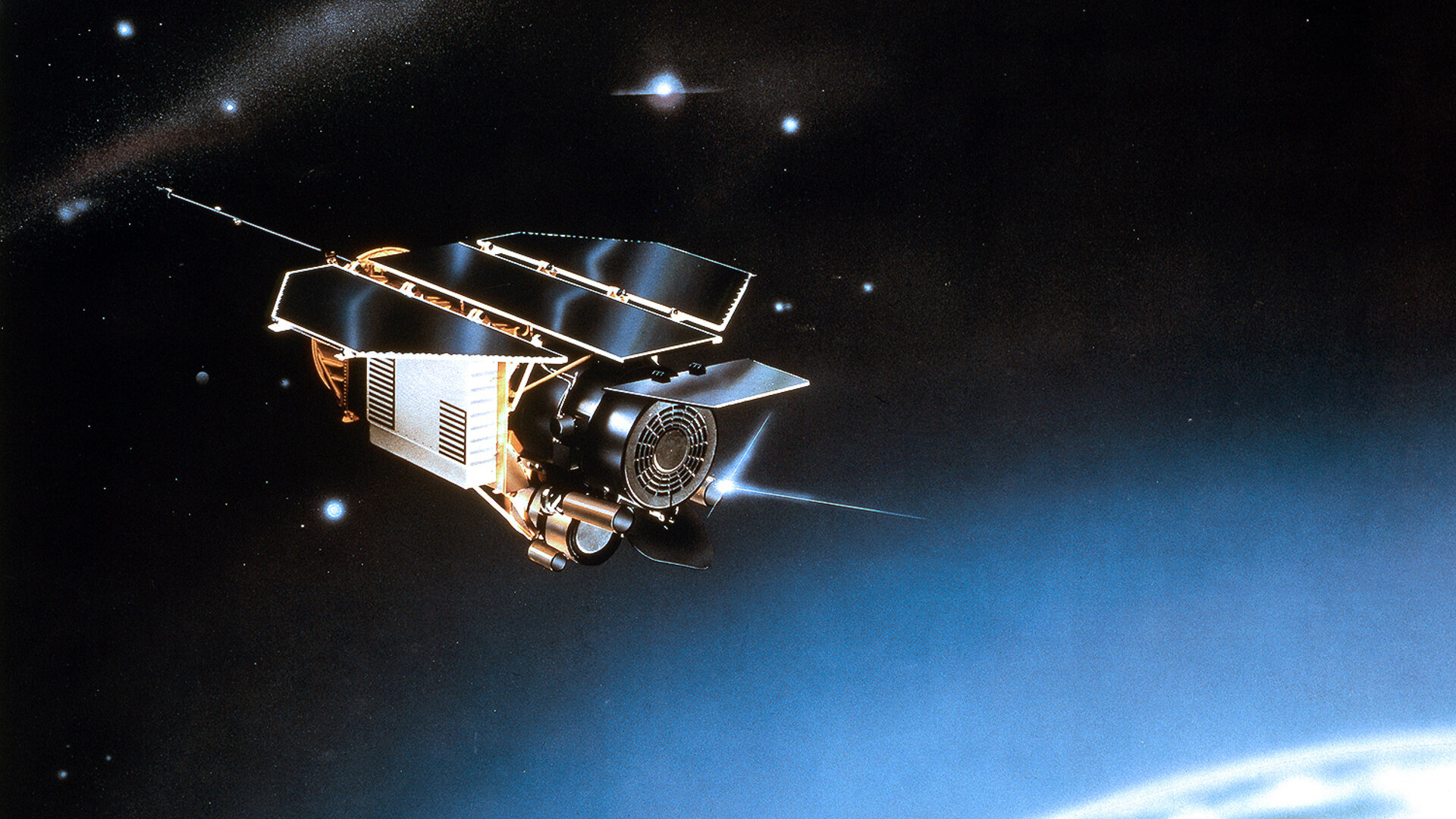MARCH 22, 2016: The tiny Comet PANSTARRS P/2016 BA14 passes just 0.024 AU from Earth, the closest known cometary approach to Earth thus far in the 21st Century and the third-closest known cometary approach to Earth in history. Despite its closeness, it was never brighter than 13th magnitude. This and other close comet approaches to Earth are discussed in a future “Special Topics” presentation.
MARCH 24, 1993: The team of Eugene and Carolyn Shoemaker and David Levy discovers a “squashed comet” from Palomar Observatory in California. Comet Shoemaker-Levy 9 1993e, as this object was known, turned out to be a string of individual comet nuclei that had been ripped apart as a result of a close approach to Jupiter the previous year, and in July 1994 each of these nuclei would impact Jupiter. These events are discussed in Comet Shoemaker-Levy 9’s future “Comet of the Week” presentation.
MARCH 25, 1811: The French astronomer Honore Flaugergues discovers a comet that would later become known as the Great Comet of 1811. This comet, one of the brightest of the 19th Century and, intrinsically, one of the brightest comets ever seen, found its way into several items of popular culture at the time and afterwards, and is a future “Comet of the Week.”
MARCH 25, 1996: Comet Hyakutake C/1996 B2 passes 0.102 AU from Earth, becoming in the process one of the brightest and most spectacular comets of the 20th Century and exhibiting one of the longest cometary tails ever seen. It is this week’s “Comet of the Week.”
MARCH 26, 2014: Brazilian astronomer Felipe Bragas-Ribas and his colleagues announce their discovery of two thin rings around the centaur (10199) Chariklo, found when that object occulted a star the previous June. Centaurs are discussed in a previous “Special Topics” presentation, and the results of asteroid occultations are discussed in a future “Special Topics” presentation.

MARCH 27, 1996: The German Roentgensatellit (ROSAT) satellite detects x-rays coming from the vicinity of Comet Hyakutake C/1996 B2, the first “real-time” detection of x-rays from a comet (although archived ROSAT data of earlier comets were later found to show x-ray emission). It would be four years before a full explanation of these cometary x-rays could be determined. Comet Hyakutake is this week’s “Comet of the Week,” and x-ray observations of comets is one of the items discussed in this week’s “Special Topics” presentation.
MARCH 27, 2134: Comet 1P/Halley will pass through perihelion at a heliocentric distance of 0.593 AU. This will be an exceptionally favorable return of Comet Halley, with a passage by Earth of 0.096 AU six weeks later. Comet 1P/Halley was the subject of a previous “Special Topics” presentation.
MARCH 28, 1802: The German astronomer Heinrich Olbers discovers the asteroid (2) Pallas, the second-known asteroid and the third-largest asteroid in the main asteroid belt. Main-belt asteroids, including the discovery of Pallas, are discussed in Week 1’s “Special Topics” presentation.
MARCH 28, 1973: Harvard astronomers Richard McCrosky and Cheng-Yuan Shao recover the near-Earth asteroid (1862) Apollo, which had been lost since the time of its discovery in 1932. The orbit of Apollo is now well established, and it will next pass close to Earth again (0.035 AU) in November 2046; during the interim it will also make two close approaches to Venus (0.070 AU in September 2021 and 0.058 AU in July 2039). It and other near-Earth asteroids are discussed in a previous “Special Topics” presentation.
MARCH 28, 2012: NASA’s Mars Reconnaissance Orbiter (MRO) mission detects a fresh 50-meter-wide impact crater, surrounded by several smaller fresh craters, near the Martian Equator south-southwest of Olympus Mons, although the craters were not noticed until two years later. The craters did not appear in images taken the previous day, allowing the time of impact to be narrowed down to within a one-day period.
MARCH 28, 2019: Hungarian scientist Ildiko Gyollai and his colleagues announce their conclusions that a study of the Martian meteorite ALH 77005 – recovered from the Allan Hills region of Antarctica in 1977 – indicates evidence of fossilized biosignatures from possible ancient microbes. These conclusions are under investigation and await confirmation at this time. The possibility of life in Martian meteorites is the subject of a future “Special Topics” presentation.
More from Week 13:
Comet of the Week Special Topic Free PDF Download Glossary
Ice and Stone 2020 Home Page


